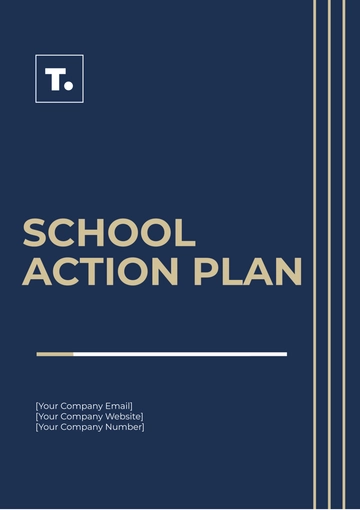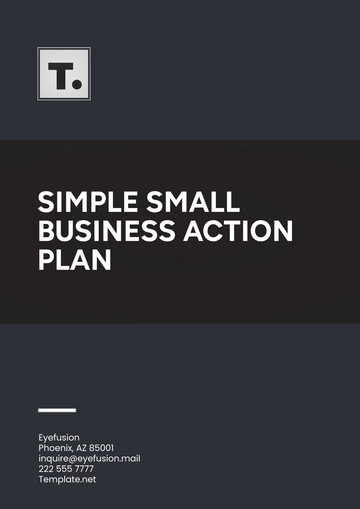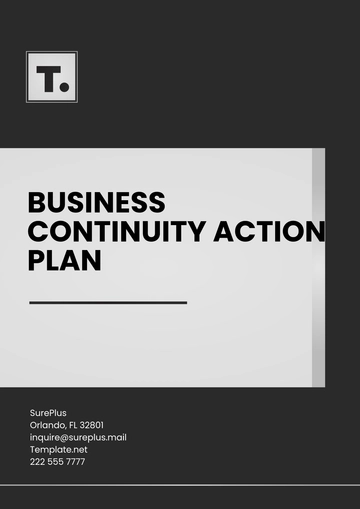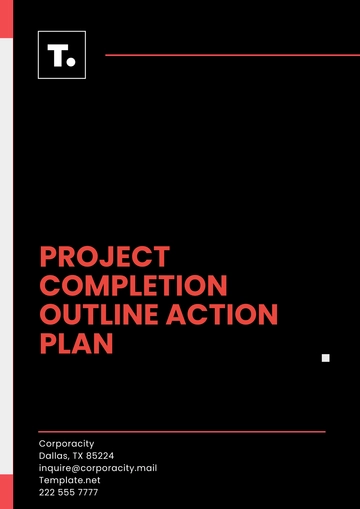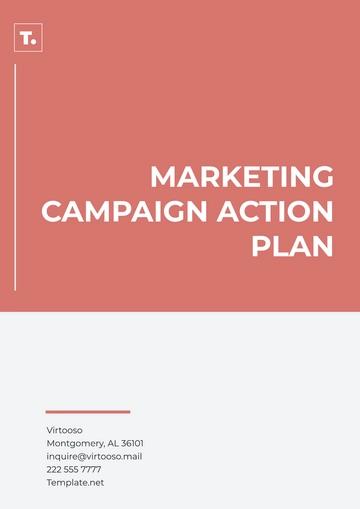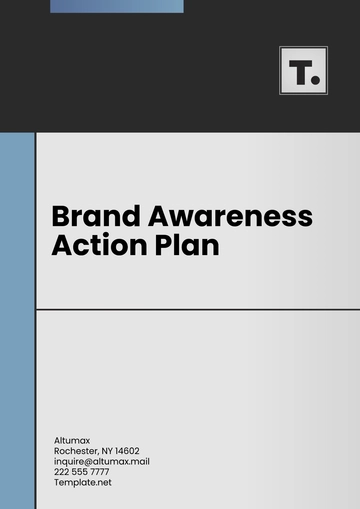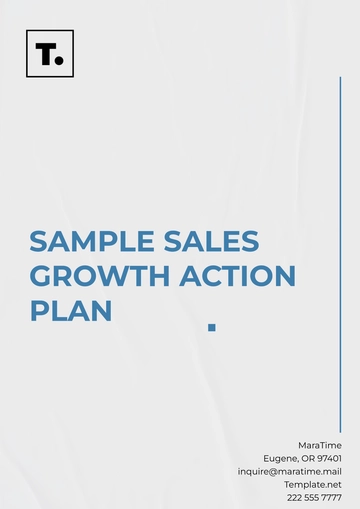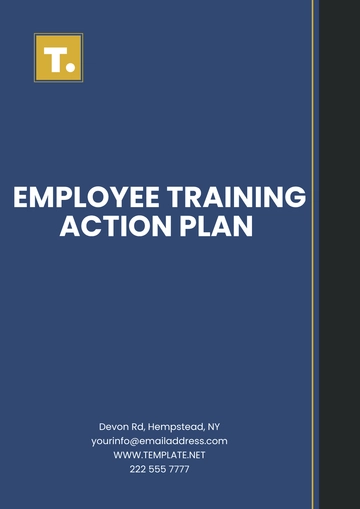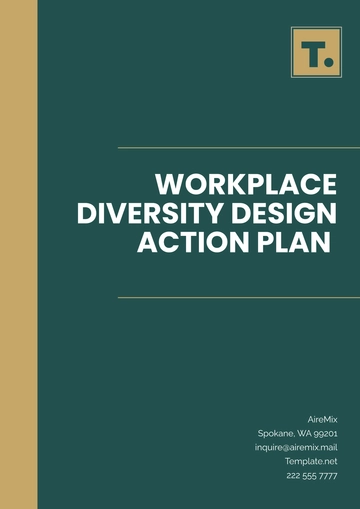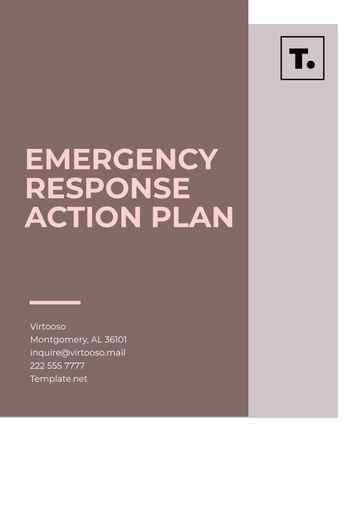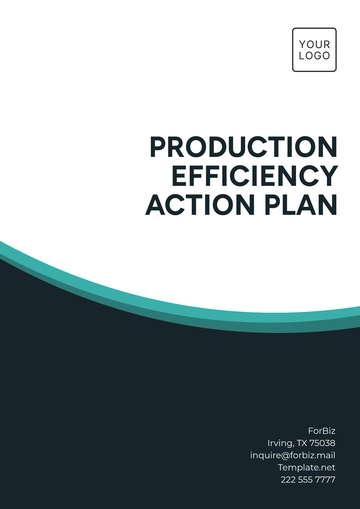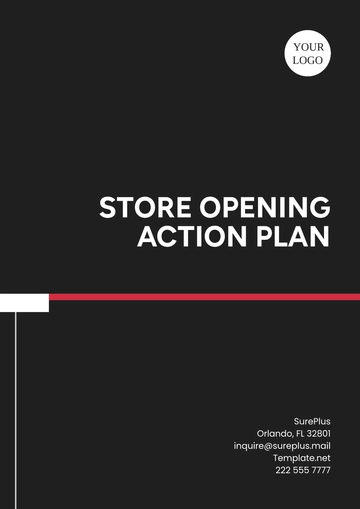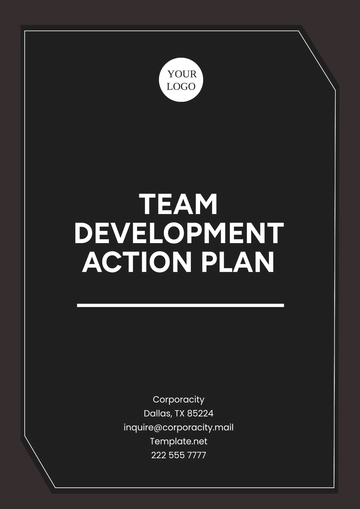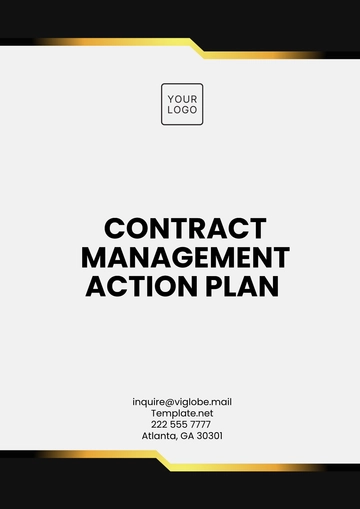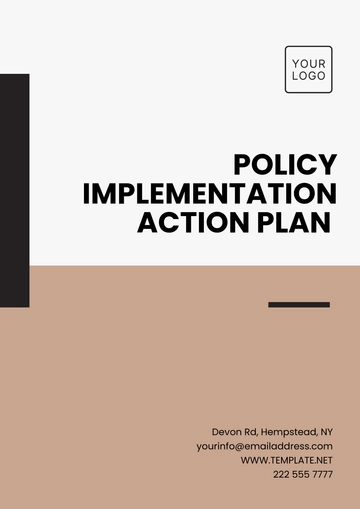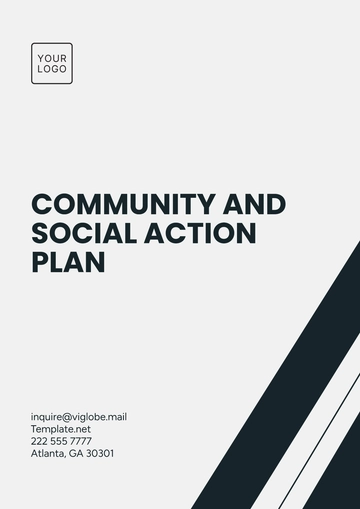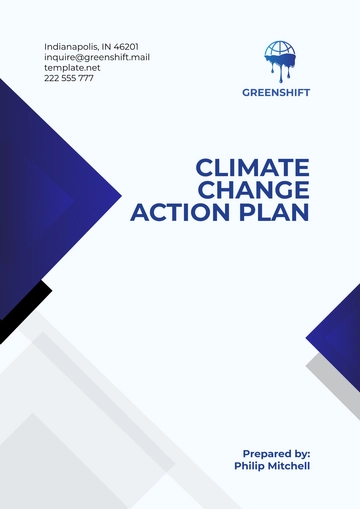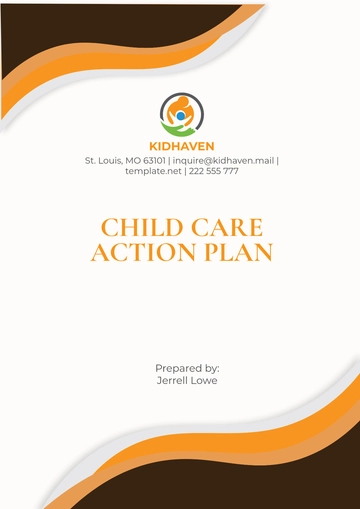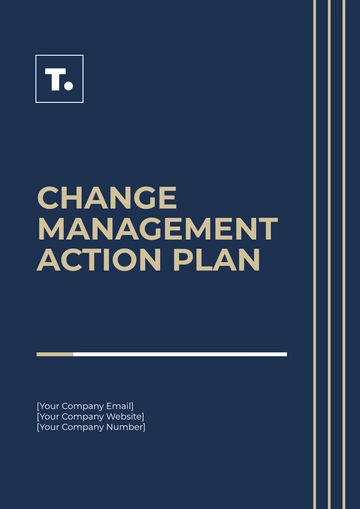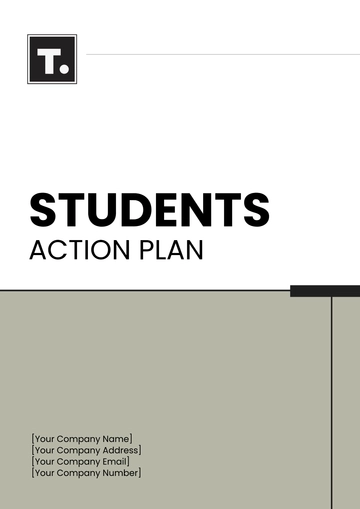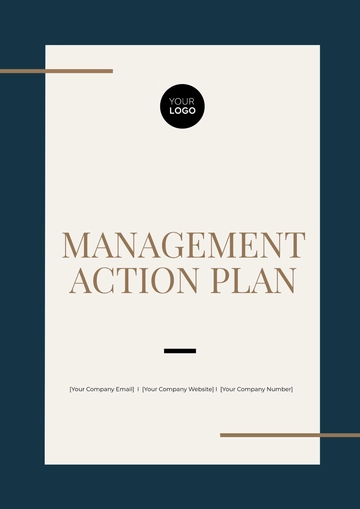Free Recruitment Action Plan Layout
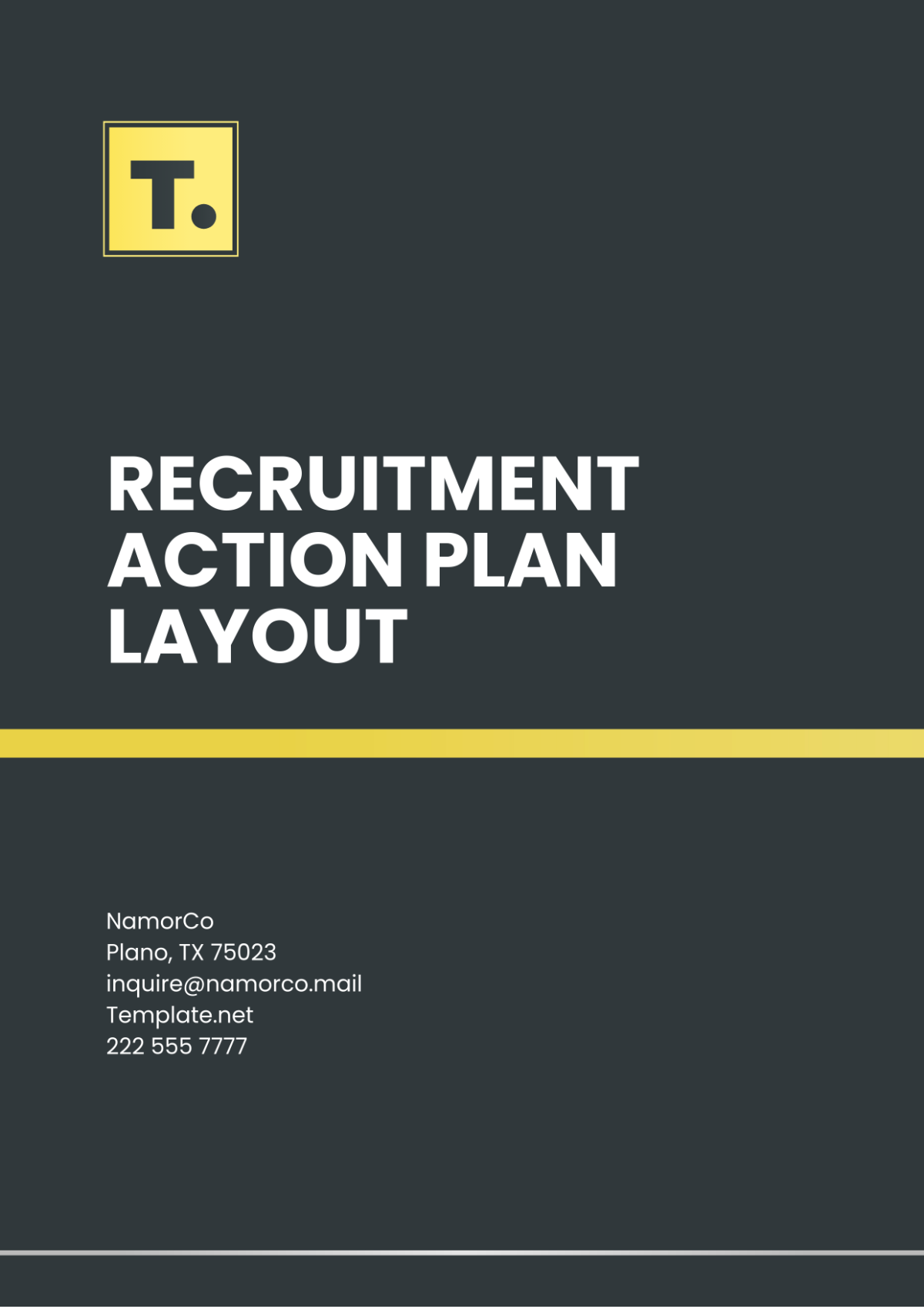
Prepared by: [YOUR NAME]
Company: [YOUR COMPANY NAME]
Department: [DEPARTMENT]
Date: [DATE]
I. Introduction
The Recruitment Action Plan serves as a comprehensive guide for the HR department at [Your Company Name] to effectively navigate the recruitment process and attract top talent to the organization. By outlining clear strategies and timelines, this plan aims to streamline the hiring process and ensure the selection of qualified candidates who align with the company's values and goals.
II. Job Analysis
Before initiating the recruitment process, it's crucial to conduct a thorough analysis of the open position. This involves collaborating with hiring managers to define the roles, responsibilities, and required qualifications for the position. Additionally, HR will identify any specific skills or experiences necessary for success in the role, ensuring that job postings accurately reflect these criteria.
III. Recruitment Strategy
To attract a diverse pool of qualified candidates, [Your Company Name] will employ a multi-faceted recruitment strategy. This includes leveraging various channels such as online job boards, social media platforms, and industry-specific networks to maximize visibility and reach. Additionally, the company will emphasize employee referrals and internal promotions to capitalize on existing talent within the organization.
IV. Candidate Sourcing
To identify potential candidates, the company will utilize a combination of proactive sourcing methods and passive candidate outreach. This may involve actively searching for candidates on professional networking sites like LinkedIn, attending career fairs and industry events, and engaging with talent acquisition agencies to access specialized talent pools.
V. Action Plan
A. Pre-Recruitment Preparation
Review and Update Job Descriptions:
Conduct a thorough review of existing job descriptions to ensure they accurately reflect the current needs and expectations of the position.
Collaborate with hiring managers and department heads to gather insights into any changes or updates needed for the job descriptions.
Incorporate specific language and requirements that align with the company's goals, values, and culture to attract candidates who resonate with the organization.
Assemble Hiring Team:
Identify key stakeholders from relevant departments who will play a role in the recruitment process, including hiring managers, team leads, and HR representatives.
Schedule a kickoff meeting to introduce the hiring team, discuss roles and responsibilities, and establish clear communication channels.
Emphasize the importance of collaboration and consensus-building throughout the selection process to ensure a comprehensive evaluation of candidates.
B. Attracting Candidates
Utilize Job Boards:
Identify the most relevant and effective job boards and online platforms for reaching the target candidate pool based on industry, location, and job function.
Optimize job postings with compelling titles, detailed job descriptions, and relevant keywords to increase visibility and attract qualified candidates.
Monitor and track the performance of job postings on different platforms to assess their effectiveness and make adjustments as needed.
Utilize Social Media:
Leverage the company's social media channels to showcase its employer brand, company culture, and career opportunities to a wider audience.
Share engaging content such as employee testimonials, behind-the-scenes glimpses, and company events to generate interest and foster connections with potential candidates.
Encourage employees to share job postings and company updates with their networks to amplify reach and attract referrals from trusted sources.
C. Engagement and Follow-Up
Maintain Prompt Communication:
Establish clear communication channels, such as email or a dedicated recruitment portal, for candidates to submit applications and inquiries.
Implement automated acknowledgment emails to confirm receipt of applications and provide an estimated timeline for follow-up communication.
Designate a point of contact within the HR team to respond promptly to candidate inquiries, provide updates on their application status, and address any questions or concerns.
Clear Communication:
Develop standardized templates and scripts for communicating with candidates at different stages of the recruitment process, including invitations to interviews, feedback on assessments, and job offers.
Provide detailed information about the interview process, including logistics, expectations, and next steps, to ensure candidates are well-prepared and informed.
Encourage open and transparent communication with candidates, welcoming their feedback and addressing any issues or challenges they may encounter during the recruitment process.
VI. Screening and Selection Process
A. Resume Screening
Review Resumes:
Utilize applicant tracking system (ATS) software to streamline the resume screening process and efficiently manage candidate profiles and applications.
Develop customized screening criteria based on the specific qualifications, skills, and experience required for the position.
Assign trained HR professionals or hiring team members to review resumes systematically, flagging candidates who meet the initial screening criteria for further consideration.
Shortlist Candidates:
Conduct a comprehensive review of shortlisted candidates' resumes to assess their overall fit with the job requirements, company culture, and values.
Prioritize candidates who demonstrate a strong alignment with the job specifications, as well as potential for long-term success and growth within the organization.
Document rationale for shortlisting decisions and maintain clear records of candidate evaluations and feedback for future reference and audit purposes.
B. Interviews
Conduct Initial Interviews:
Schedule preliminary phone or video interviews with shortlisted candidates to assess their basic qualifications, career goals, and interest in the position.
Use structured interview guides and standardized questioning techniques to gather consistent information from each candidate and compare their responses objectively.
Evaluate candidates' communication skills, professionalism, and cultural fit with the organization during initial interviews to determine their suitability for further consideration.
Schedule Further Interviews:
Coordinate in-person or virtual interviews with hiring managers, department heads, and other key stakeholders to conduct more in-depth assessments of candidate competencies and capabilities.
Tailor interview formats and content to align with specific job requirements and organizational priorities, such as technical assessments, case studies, or behavioral simulations.
Provide interviewers with training and support to conduct effective interviews, probe for relevant information, and evaluate candidates fairly and consistently against predetermined criteria.
C. Evaluation and Decision Making
Collect Feedback:
Solicit input and feedback from interviewers, hiring managers, and other relevant stakeholders on each candidate's strengths, weaknesses, and overall suitability for the role.
Use standardized feedback forms or evaluation templates to capture detailed observations, ratings, and comments from interviewers to inform decision-making.
Facilitate debriefing sessions or team meetings to discuss candidate evaluations, share perspectives, and reach a consensus on top candidates to advance to the next stage of the selection process.
Prioritize Candidates:
Compare and evaluate candidates based on their performance during interviews, alignment with job requirements, cultural fit with the organization, and potential for long-term success.
Consider additional factors such as diversity, equity, and inclusion (DEI) considerations, career development opportunities, and strategic priorities when prioritizing candidates for final selection.
Document decision-making rationale and ensure transparency and accountability in the selection process to uphold fairness, integrity, and compliance with relevant laws and regulations.
VII. Timeline and Deadlines
Task | Deadline |
|---|---|
Job posting | May 20, 2050 |
Resume screening | May 25, 2050 |
Initial interviews | June 1, 2050 |
Final interviews and offers | June 10, 2050 |
VIII. Budget and Resources
Item | Estimated Cost |
|---|---|
Job postings | $500 |
Recruitment agency fees | $2,000 |
Travel expenses | $1,000 |
Interviewing software | $300 |
IX. Diversity and Inclusion Initiatives
A. Outreach and Engagement
Actively seek candidates from underrepresented backgrounds through targeted outreach initiatives and partnerships with diversity-focused organizations.
Collaborate with local universities and colleges to recruit diverse talent through internship programs and campus events.
Highlight the company's commitment to diversity and inclusion in recruitment materials and employer branding efforts.
B. Inclusive Hiring Practices
Provide unconscious bias training for hiring managers and interviewers to mitigate potential biases in the selection process.
Implement blind resume screening processes to ensure fair and equitable evaluation of candidates based on their qualifications.
Ensure diverse representation on interview panels to promote different perspectives and minimize potential biases.
C. Employee Resource Groups
Support and promote employee resource groups (ERGs) focused on diversity and inclusion within the organization.
Encourage ERG members to participate in recruitment efforts, including attending career fairs and networking events.
Solicit feedback from ERGs on recruitment strategies and initiatives to continuously improve diversity and inclusion efforts.
X. Onboarding Plan
To facilitate a smooth transition for new hires, the company will implement a comprehensive onboarding plan that includes:
Providing new hires with access to onboarding materials and resources before their start date.
Assigning a mentor or buddy to support new hires during their initial weeks at the company.
Conduct regular check-ins and feedback sessions to address any questions or concerns and ensure new hires feel supported and valued from day one.
- 100% Customizable, free editor
- Access 1 Million+ Templates, photo’s & graphics
- Download or share as a template
- Click and replace photos, graphics, text, backgrounds
- Resize, crop, AI write & more
- Access advanced editor
Enhance and Discover the Recruitment Action Plan Template by Template.net. Crafted for HR professionals seeking efficiency, it's editable and customizable, ensuring tailored strategies. Edit with ease in our Ai Editor Tool, streamlining your recruitment process. Elevate your hiring game effortlessly with this dynamic resource. Unlock your recruitment potential today.

